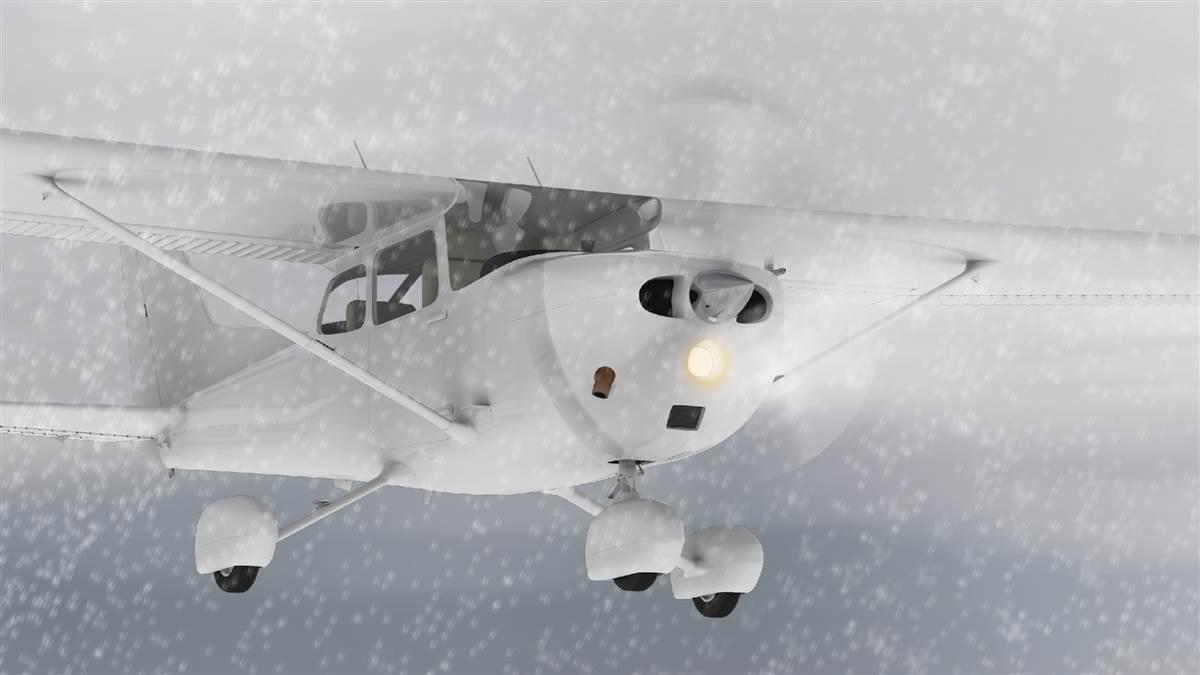Technique: Winter weather games
Decoding metars can keep you sharp

Take this METAR from a bad day for flying at Dallas Fort Worth International Airport.
KDFW 011242Z 35022G28KT 1-1/2SM R17C/5500VP6000FT -SN BR SCT009 BRK017 OVC027 M06/M07 A2988 RMK A02 PK WND 33040/1202 SFC VIS 1-3/4 PLE16 PRESFR
The first part follows the format we learn in ground school: airport identifier/date/time/wind direction and velocity.
KDFW—Dallas Fort Worth International Airport
011242Z—The first day of the month at 1242Z (6:42 a.m. Central Standard Time)
35022G28KT 1-1/2SM—Wind 350 degrees (true) at 22 knots gusting to 28 knots; visibility one and one-half statute miles.
It’s windy with very poor visibility. Here’s another clue:
R17C/5500VP6000FT—Runway 17 Center’s runway visual range is 5,500 feet variable to plus (more than) 6,000 feet. “Runway visual range”—designated by the “R” before the runway—is the distance over which the pilot of an aircraft on the centerline of a runway should be able to see the runway surface markings, reported in hundreds of feet. If you have never seen a reference to RVR in your home airport’s METAR, that’s because your airport doesn’t have the equipment necessary to measure runway visual range.
-SN—Light snow
BR—Mist
SCT009 BRK017 OVC027—Scattered clouds at 900 feet above ground level; broken clouds at 1,700 feet agl; overcast clouds at 2,700 feet agl. (Add two zeros at the end of cloud heights.)
M06/M07—Temperature, minus 6 degrees Celsius. Dew point minus 7 degrees Celsius.
A2988—Altimeter setting 29.88 inches of mercury.
RMK—The remarks provide even more reasons why you should not have been flying a light aircraft into DFW on this date.
A02 PK WND 33040/1202 SFC VIS 1-3/4 PLE16 PRESFR—Automated observation with precipitation discriminator (rain/snow); peak wind 330 degrees true at 40 knots at 1202 Zulu. Surface visibility one and three-quarter miles. Ice pellets ended at 16 minutes past the hour, barometric pressure falling rapidly.
METAR and terminal aerodrome forcast abbreviations can be found in section 7-1-30 of the Aeronautical Information Manual.



